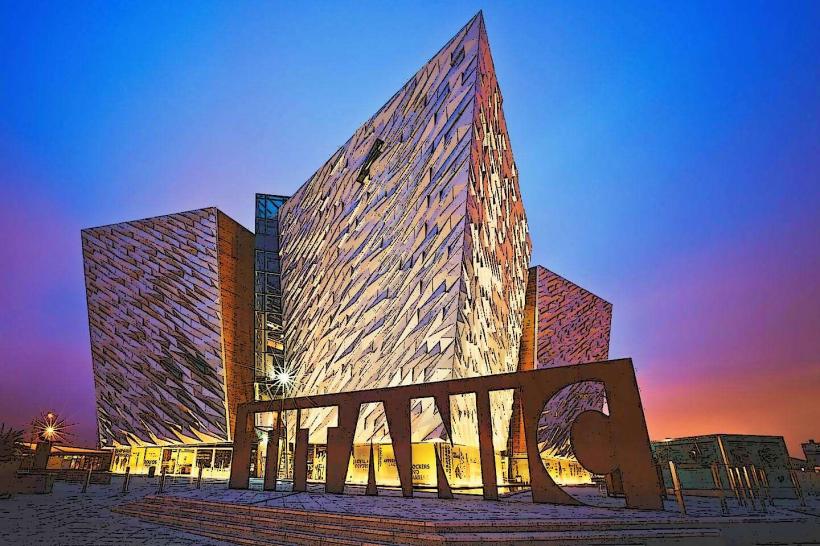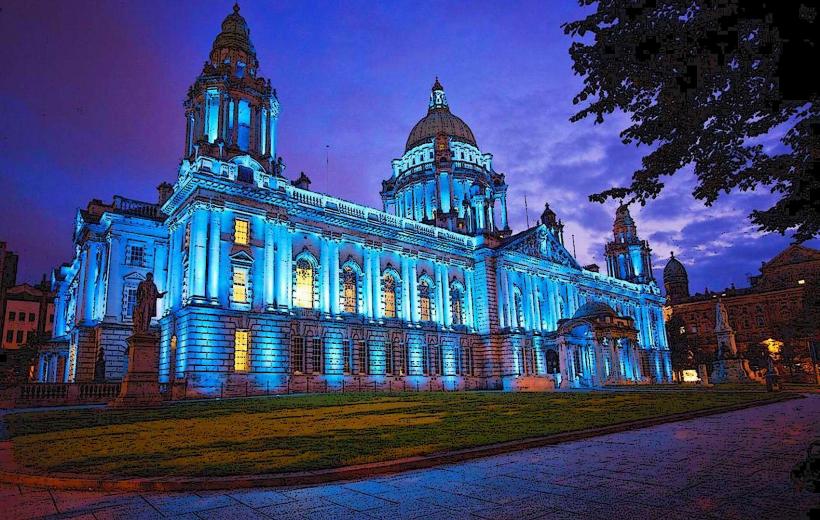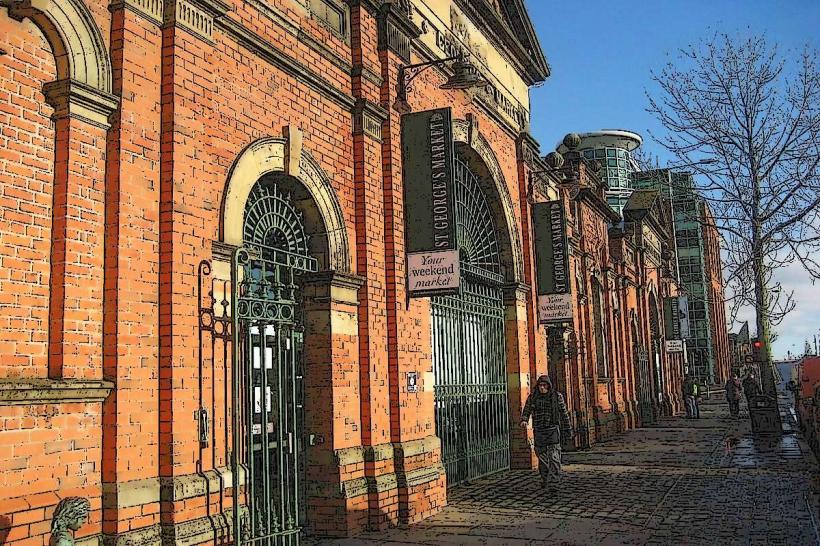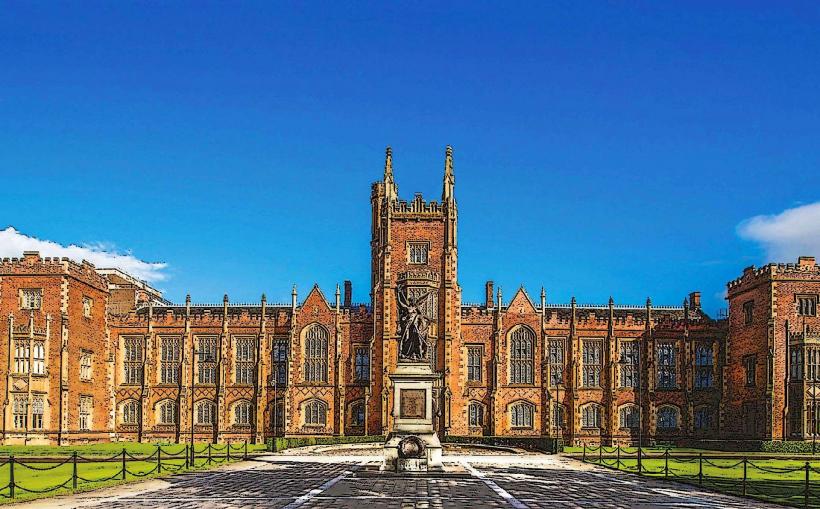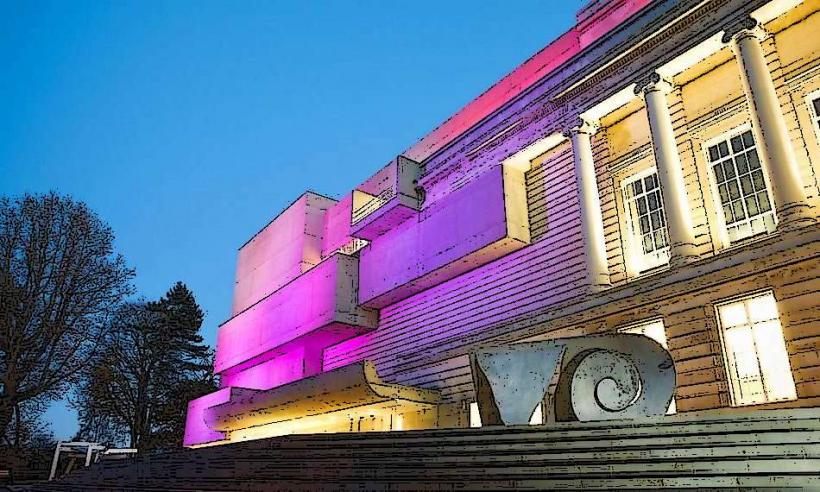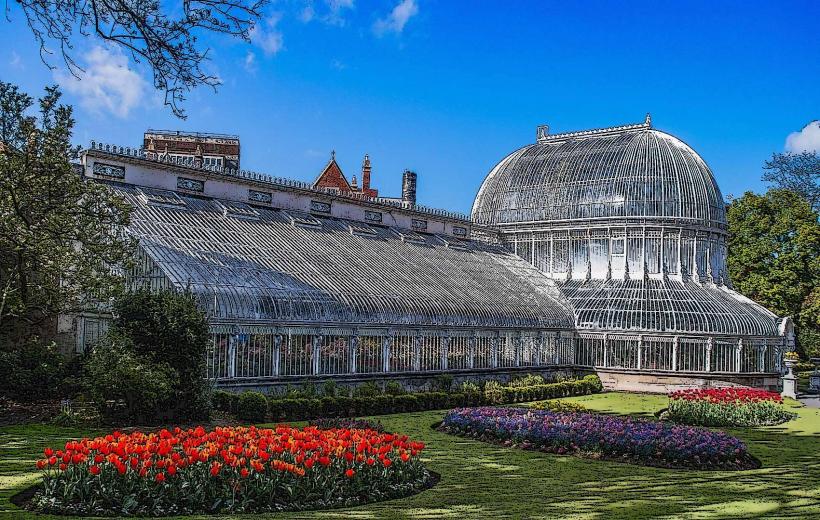Information
Landmark: Crumlin Road GaolCity: Belfast
Country: United Kingdom
Continent: Europe
Crumlin Road Gaol (also known as Crumlin Road Jail) is one of Belfast's most historic and fascinating landmarks, steeped in history and located just a short distance from the city center. Built in the mid-19th century, the prison was in use for over 150 years and has witnessed many significant events in Northern Ireland's history, including political unrest, civil conflict, and imprisonment of notable figures. Today, it is a popular tourist attraction and heritage site, offering visitors a glimpse into the past through guided tours, exhibitions, and events.
History
Construction and Opening: Crumlin Road Gaol was designed by architect William J. Barre and opened in 1845. The prison was built as a large, imposing structure with a distinctive Victorian design, featuring red brick and cast-iron elements. It was originally built to hold both male and female prisoners, as well as juveniles, and could accommodate over 500 prisoners at its peak.
Architecture: The jail is an impressive example of Victorian prison architecture, featuring a central rotunda, which was a hallmark of the design, with radiating wings extending from the central area. The design was meant to provide optimal surveillance and control over the prisoners. The dark and oppressive atmosphere of the building, with its narrow hallways and high walls, adds to the sense of isolation and confinement.
Role in History: Over its long history, Crumlin Road Gaol was a significant part of Belfast's prison system. It was used to house individuals involved in key historical events, including:
- Irish Nationalists: Throughout the late 19th and early 20th centuries, the gaol was used to imprison Irish nationalists and political prisoners seeking independence from British rule.
- The Troubles: During The Troubles (1960s-1998), the prison became a focal point for political prisoners on both sides of the conflict. Many members of the IRA (Irish Republican Army), as well as UVF (Ulster Volunteer Force) members, were held here during the violent period in Northern Ireland's history.
- Notable Inmates: The gaol housed many notable figures from Irish republicanism, including Eamon de Valera (future president of Ireland) and Joe Cahill, a key figure in the IRA. Several high-profile figures from the conflict were held at Crumlin Road Gaol during the height of the Troubles.
Closing: Crumlin Road Gaol was closed as a prison in 1996, largely due to concerns about the deteriorating condition of the building and a shift toward modern prison facilities. The closure was a significant moment in Belfast's history, as it marked the end of an era for the prison system in Northern Ireland.
Present Day
Restoration and Visitor Experience: After its closure, Crumlin Road Gaol fell into disrepair for a number of years. However, in the early 2000s, it was reopened to the public as a heritage site and tourist attraction. The building underwent extensive restoration, preserving its original architectural features while adding modern amenities to enhance the visitor experience.
Guided Tours: One of the main attractions at Crumlin Road Gaol is its guided tours, which provide a deep insight into the history of the prison, the conditions prisoners endured, and the political and social events surrounding the gaol's operation. Visitors can explore the cells, exercise yards, and execution chamber while learning about the many stories of the prisoners who were held there.
The Prison Cells: Visitors can walk through the long, narrow hallways and see the small, austere cells where prisoners were confined. The cells are furnished with replicas of the sparse belongings prisoners would have had, giving a sense of the difficult living conditions.
The Execution Chamber: One of the most chilling features of the prison is its execution chamber, where a total of 17 prisoners were executed between 1865 and 1961. The prison was one of the last in the UK to carry out executions before the abolition of the death penalty. The gallows and the story of capital punishment at Crumlin Road Gaol are significant elements of the tour experience.
The Political Prisoners: Many of the tours focus on the era of the Troubles, when the prison was used to hold political prisoners. There are displays and exhibitions dedicated to explaining the historical and social context of the conflict, and visitors can learn about the prisoners’ experiences, hunger strikes, and the release of prisoners under the Good Friday Agreement.
Exhibitions: Crumlin Road Gaol regularly hosts temporary exhibitions, which explore various aspects of its history, such as the history of crime, punishment, and political prisoners. These exhibitions delve deeper into the social, political, and cultural history of Northern Ireland, offering visitors an opportunity to understand the broader context of the prison’s role in history.
Ghost Tours: Due to its dark and eerie history, Crumlin Road Gaol is also known for its ghost tours. Visitors can explore the prison at night, guided by storytellers who recount tales of ghost sightings and supernatural activity. The atmospheric, eerie environment of the gaol, combined with its history, makes it a popular spot for paranormal enthusiasts.
Events and Activities: In addition to the standard tours, Crumlin Road Gaol hosts a variety of events and activities throughout the year, such as concerts, weddings, and corporate events. The venue has become an unusual and historic location for events and functions, adding a unique atmosphere to any occasion.
Visitor Information
- Opening Hours: The gaol is typically open to the public for guided tours on most days of the week, though it’s a good idea to check the official website for up-to-date opening hours and availability.
- Admission Fees: There are different ticket options available, including group tours and special events. Visitors can also buy tickets for specific themed tours, such as ghost tours or political history tours.
- Location: Crumlin Road Gaol is located at 53-55 Crumlin Road, Belfast, Northern Ireland, just a short distance from the city center.
- Accessibility: The site is accessible, with some areas providing access for people with mobility challenges.
Conclusion
Crumlin Road Gaol is an essential part of Belfast’s history and a must-visit destination for anyone interested in learning more about the city’s complex past. From its Victorian architecture to its role in the Troubles and its stories of political prisoners, the gaol offers a unique and immersive experience. Whether you’re interested in history, architecture, or the darker aspects of Belfast’s past, Crumlin Road Gaol provides an unforgettable and insightful look into the city’s heritage.

